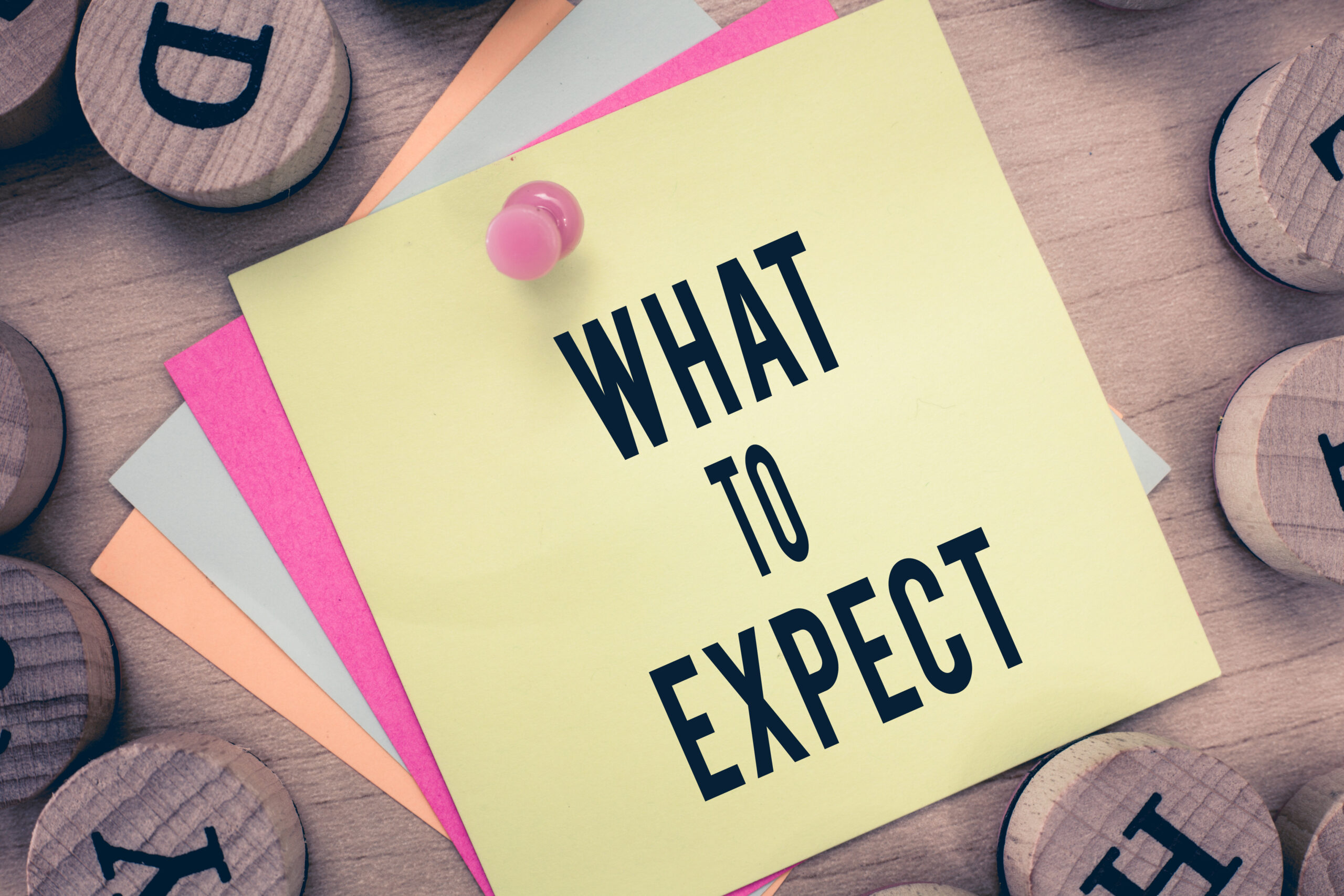“I suspect that, no matter what the Court does, the need for excellent lawyering on the enablement question in future cases is not going away. A clear statement of the test is not going to provide certainty as to the outcome in particular cases.”
 On Monday, March 27, the Supreme Court will hear oral argument in Amgen v. Sanofi, a case with the parties and 27 Amici, including the United States, weighing in on whether and how the Court should address the enablement requirement of Section 112 in the context of genus claims, and in particular, genus claims to antibodies in the pharmaceutical sciences.
On Monday, March 27, the Supreme Court will hear oral argument in Amgen v. Sanofi, a case with the parties and 27 Amici, including the United States, weighing in on whether and how the Court should address the enablement requirement of Section 112 in the context of genus claims, and in particular, genus claims to antibodies in the pharmaceutical sciences.
Depending on how the court focuses its analysis, the opinion could be as narrow as how the jury instruction should read for pharmaceutical antibody claims written in the form of “a binding site plus a function.” But some of the briefs invite the court to loosen the constraints of Section 112 by eliminating the requirement of enablement of the “full scope” of the claimed embodiments in favor of a test focused on the “make and use the invention” language in the statute without the “full scope of the claimed embodiments” language the courts have used for years, with implications not just for pharma but for any art that uses functional or genus claiming.
Issues of Interest
As a trial lawyer, I hope that whatever the Court holds, it includes a plain and clear statement of the enablement test. The worst outcome might be a number of opinions with differing views on the proper statement of the test. But I suspect that, no matter what the Court does, the need for excellent lawyering on the enablement question in future cases is not going away. A clear statement of the test is not going to provide certainty as to the outcome in particular cases. I’ll also be paying attention to whether the court focuses narrowly on functional antibody claims, or whether the court seems inclined to try to increase the predictability of outcomes when enablement is disputed. More predictability could come at the expense of the proper balance of rewarding innovation while encouraging further development in an art.
The specific question on which the Court granted certiorari is “Whether enablement is governed by the statutory requirement that the specification teach those skilled in the art to ‘make and use’ the claimed invention, or whether it must instead enable those skilled in the art ‘to reach the full scope of claimed embodiments’ without undue experimentation—i.e., to cumulatively identify and make all or nearly all embodiments of the invention without substantial ‘time and effort.’”
The Amgen v. Sanofi judgment of invalidity turned on a finding of the trial court that “there does not appear to be a genuine dispute between the parties” that “millions” of antibodies “would need to be tested to determine whether they fell within the claims.” Amgen’s counsel persuaded a jury that the full scope of the claims was nevertheless enabled, but the trial court disagreed and entered judgment of invalidity. The Supreme Court has declined to address whether the trial court appropriately took the factual predicate of the enablement decision out of the hands of the jury after letting them decide it in the first instance. It appears, therefore, that the Supreme Court is narrowly focused on how to articulate the enablement test when the claim scope may extend to variations or embodiments beyond what the specification exemplifies, and not how to allocate that issue between factfinder and the legal decision.
What’s at Stake
Recent court decisions have caused some uncertainty about the rules for enabling claims to a genus of antibodies, and more generally to categories of complex molecules. Industry, investors, and the bar are hungry for clarity. More and more new therapies are based on large, complex molecules that can have many variations. When competitors seek to commercialize a variation of a complex patented molecule, the question arises whether the variation is something that the original patent described and enables, or a new discovery in its own right.
These enablement issues tend to be highly fact-specific and depend on the particulars of the science and what exactly the patent specification says, so there is a premium on excellent lawyering to write a good specification, claim well, and make a good clear record and the right argument when it comes to trial. That answer may be unsatisfying to investors and inventors. Huge investments in complex drug discovery and development are made years in advance of any commercial return, let alone litigation, and it can be difficult for those making the huge investments when expectations about the scope and validity of patent rights are not clear until late in the game. The enablement question is getting more acute as science is making breakthroughs in antibody and other large molecule therapies. In some ways, clarity and consistent application of the law over time may be more important to researchers and investors than anything. That said, there is an important policy decision here about how best to motivate and reward drug discovery. The goal is to motivate and reward real discoveries without preempting further additional discoveries that flow from the initial discovery.
Let’s Hope the Court is Focused On Clarity
The Supreme Court could be tempted to try to wade into the larger policy issue of how best to foster and protect settled expectations and how best to articulate the difference between obvious variation and novel discovery within a genus. I think that is a tall order to satisfy in the context of the question presented, and one that implicates complex science, prediction of specific facts that will arise in the future, and subtle policy. The Court might be wise to focus on the narrow issue before it on the specific facts of the case and try to provide clarity on that alone.
Image Source: Deposit Photos
Image ID: 212220444
Author: artursz

![[IPWatchdog Logo]](https://ipwatchdog.com/wp-content/themes/IPWatchdog%20-%202023/assets/images/temp/logo-small@2x.png)

![[Advertisement]](https://ipwatchdog.com/wp-content/uploads/2024/04/Patent-Litigation-Masters-2024-sidebar-early-bird-ends-Apr-21-last-chance-700x500-1.jpg)

![[Advertisement]](https://ipwatchdog.com/wp-content/uploads/2021/12/WEBINAR-336-x-280-px.png)
![[Advertisement]](https://ipwatchdog.com/wp-content/uploads/2021/12/2021-Patent-Practice-on-Demand-recorded-Feb-2021-336-x-280.jpg)
![[Advertisement]](https://ipwatchdog.com/wp-content/uploads/2021/12/Ad-4-The-Invent-Patent-System™.png)







Join the Discussion
6 comments so far.
David Lewis
March 27, 2023 09:19 pmMaybe it would illogical for the court to have it both ways. However, I would not be surprised if that is what they will do, and I doubt that Congress will do anything about it.
Anon
March 27, 2023 12:34 pmI do like to listen to the oral arguments for the subtle nuances that a review of the transcript tends to not capture.
That being said, the Justices were clearly gunning for the first counsel (who was impressively deft at handling everything that they attempted to throw at him).
I was singularly unimpressed with the second counsel (I was left with the notion that his entire premise was, “give me what I want because”).
I liked the third counsel, but was a bit uncomfortable with the distinct feeling that the Justices for some reason did not want to grill her. A bit unfair in my mind, as this the first counsel with the impression of a stronger, more battle-tested, case.
Now, what the Court does with the results of this set of oral arguments and the rest of the record, is anybody’s guess.
It is not difficult to guess that the Court will lean anti-patent — and I am certain that the view of the Court — tracking against an objective view of the inputs — will engender more of the typical commentary on the Court’s interaction with patent law**.
** friendly reminder that patent law cases are not a matter of original jurisdiction for the Supreme Court, and if Congress so decided to act within their Constitutional authority, they could inoculate patent law from the fingers of the Supreme Court.
B
March 27, 2023 10:34 am@ Anon
I myself am a fan of KSR, and indeed Bilski, Alice Corp., and Mayo could have easily been addressed under 103 if not 102. Unfortunately, 101 has subsumed 102/103 as well as 112(a) enablement as is shown in American Axle – no evidence anywhere required.
I myself am not sure at this point exactly where I think the outcome should be since I rarely deal with broad genus claims. I would defer to the author’s druthers.
That said, the author stated “The goal is to motivate and reward real discoveries without preempting further additional discoveries that flow from the initial discovery.”
Jesus on a cracker, what are the odds the SCOTUS will sua sponte create the Alice/Mayo/Amgen 101 test?
Anon
March 26, 2023 10:39 pmbart,
Take note – the CAFC just amplified PHOSITA in regards to motivation to combine.**
** (I have always shied away from arguing ‘motivation,’ unless the full phrase was not appropriately being used – hint: the ‘to combine’ is critical and motivation of a reference for whatever the reference ALONE may provide is not ‘to combine,’ but instead is merely motivation of a single (non-combined) item.
The clear error of the CAFC is astounding and has the potential of devastatingly making 103 art be nothing more than multiple 102 arts (which is clearly NOT what Congress intended).
bart
March 26, 2023 02:10 pmI enjoy Anon’s perspective very much.
If an applicant must do more (e.g. disclose “more” in the spec pursuant to 112 written description, provide “more” in the claims pursuant to 112 enablement) so that a PHOSITA would “see and understand” that “more”, this necessarily reduces the intellectual abilities of this hypothetical PHOSITA. This reduction in the perceived mental abilities of a PHOSITA means that a PHOSITA needs “more”, and this necessarily affects the other side of the sword. For example, in order to be intellectually equipped to recognize reasons to combine priot art pursuant to 103 obviousness, this intellectually crippled PHOSITA now needs more.
Why? Because when declaring just how adept such a hypothetical “Person Having Ordinary Skill In The Art” must be, what’s good for the goose is good for the gander.
You can’t have your cake and eat it too.
Major hat tip to Anon for pointing this out.
Anon
March 26, 2023 01:13 pmOne aspect that “I will be watching” is the necessary implications vis a vis patent profanity.
Here, the Court is being invited to weight in on an aspect of patent law that is not existing all by itself.
May I remind folks of the patent case KSR that — for a different aspect of law (103) — dabbled with the powers of the legal fiction of Person Having Ordinary Skill In The Art.
By making PHOSITA stronger in that case (what I have referred to as a leading edge of a sword), the Court also necessarily made the trailing edge stronger — in the sense that applicants NEED NOT provide nearly as much material in their applications.
The Court cannot have it both ways.
So whatever direction the Court wants to go with this new (and admittedly different) leading edge – I will be watching the trailing edge of necessary implications.